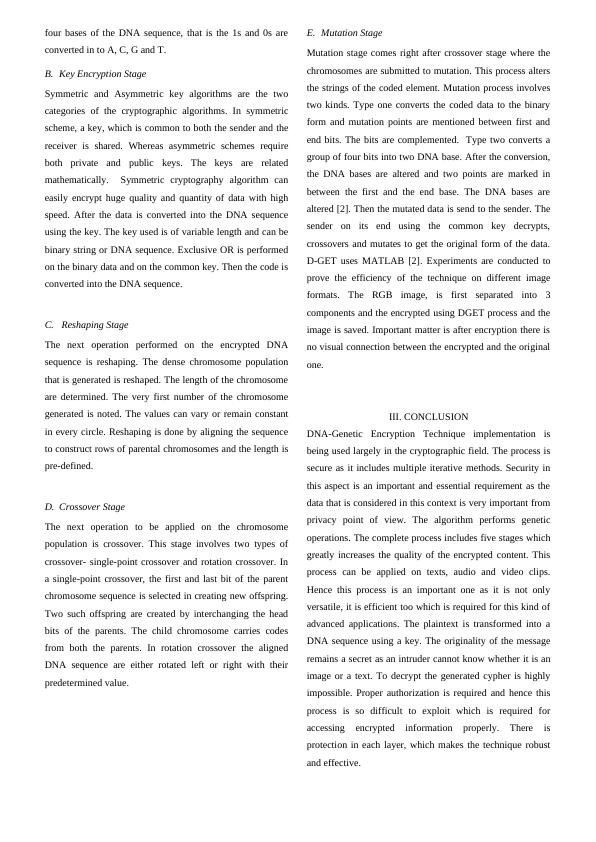DNA-Genetic Encryption Technique
Prepare and submit a summary of the contents of the paper, written in IEEE Proceedings Manuscripts style, not more than 3 pages long, including references and figures. Pay special attention to the 'Conclusion' and/or 'Recommendation' sections and provide independent analysis and critique. Plagiarism is not allowed. Also, prepare a one-slide brochure summarizing the main points of the paper.
Added on 2023-01-17
About This Document
DNA-Genetic Encryption Technique
Prepare and submit a summary of the contents of the paper, written in IEEE Proceedings Manuscripts style, not more than 3 pages long, including references and figures. Pay special attention to the 'Conclusion' and/or 'Recommendation' sections and provide independent analysis and critique. Plagiarism is not allowed. Also, prepare a one-slide brochure summarizing the main points of the paper.
Added on 2023-01-17
End of preview
Want to access all the pages? Upload your documents or become a member.


